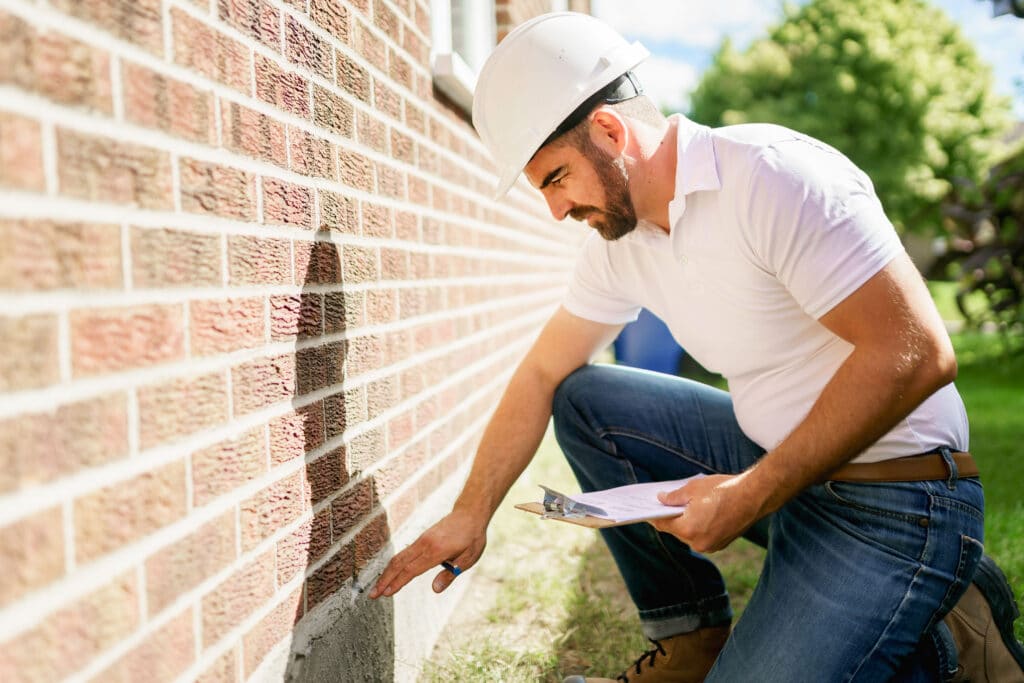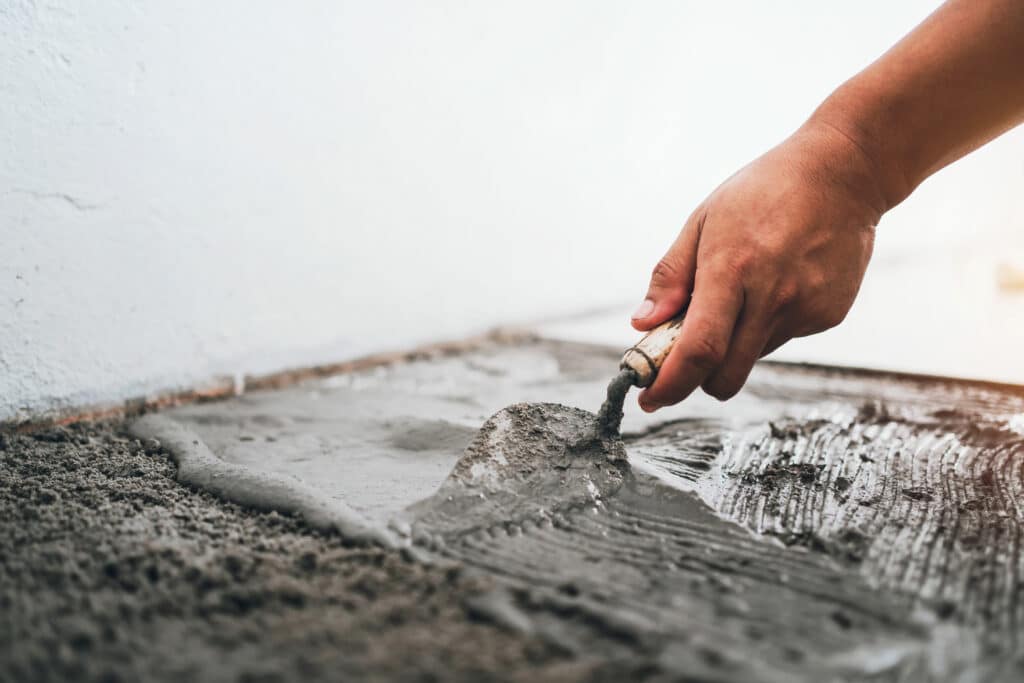Common Causes of Foundation Problems in Renton
A home in Renton might experience foundation issues for numerous reasons. Some are specific to the local environment, while others are prevalent nationwide. They include:
- Standing water: Pooling water around your home can be a menace to your foundation's integrity, especially when it gathers in areas your gutters don't protect.
- Aging plumbing: While many Renton homes are fairly new, some still use cast-iron plumbing. When the pipes start to erode, leaking water could reach your foundation and even pool beneath it.
- Improper modifications: Roofing or landscaping work that wasn't performed properly could lead to your foundation settling.
- Soil composition: Soil with large clay or sand concentrations is highly expansive. In the heavy rainfall Renton receives, the soil absorbs moisture like a sponge, then releases it in dry seasons. The constant expansion and contraction puts pressure on nearby foundations, even if the foundations keep dry.
- Tree Roots: Tree roots can encroach on a home's foundation through crevices, and may exert pressure that results in your foundation breaking, pipes leaking, and overall structural weakening.
How to Choose the Best Foundation Repair Company
Choosing a foundation provider doesn't have to be complicated. We encourage you to jot down what you expect most in a company, then evaluate each company on your list against these characteristics.
Licensing and Experience
Washington foundation repair companies can be either general or specialty contractors. Look for companies with a concrete certification, showing that they follow best practices in the foundation field. Talk to representatives to gain additional insight into a company's experience. You should ask about local permit ordinances, building codes and inspection processes.
One of the best ways to evaluate a company's reputation is to go to its website. Look for how long the company has operated and the accreditations its team holds. Many prominent companies offer educational content for future customers.
Customer Reviews
We advise checking the company's Better Business Bureau (BBB) profile to find out whether it's accredited and has a positive customer review score. You can check whether other homeowners have reported satisfaction or filed complaints. Pay special attention to what customers say about company warranties. Remember that negative feedback doesn't necessarily mean a contractor is unqualified. BBB comments also show how companies address complaints. A proactive team that works toward positive outcomes is a good one. Don't work with a contractor if you don't see effective communication about problems.
Foundation Repair Cost in Renton
The price of foundation repair can range widely depending on the degree of the issues and what's required to resolve them. For minor foundation fissures and settling problems, you may pay as little as $1,800. However, if there is significant deterioration, the normal cost is about $3,000. More intricate projects involving digging, helical piers, or major mudjacking could cost upwards of $6,900. Below are the average foundation repair costs for common issues.
| Common Foundation Repair Services | Average Cost |
|---|---|
| Crack Repair | $358 |
| Leak Repair | $2,889 |
| Stabilization | $5,014 |
| Underpinning | $1,371 |
| Waterproofing | $3,193 |
Ready to Get a Quote on Your Foundation Repair Project?
Please enter a valid 5-digit zip code!
Frequently Asked Questions About Foundation Repair in Renton
How much does foundation repair cost in Renton?
Can a foundation always be fixed?
What are some signs I need foundation waterproofing?
Note that there are two kinds of waterproofing. Interior waterproofing involves installing drains and sump pumps or using sealants around a cellar. Outdoor waterproofing is generally less expensive. It involves installing exterior drains and creating physical barriers between your foundation and yard.
What preventive measures can I take to avoid foundation issues?
- Make sure your home's gutters and downspouts are properly installed and direct water away from your foundation to avoid water accumulation.
- Water the soil around your foundation evenly, especially during dry spells, to prevent expansion and shrinking.
- If possible, grade the soil around your home to slope away from your foundation, promoting water drainage and minimizing the risk of foundation issues.
- Inspect your foundation for signs of damage, and address any issues promptly.
To share feedback or ask a question about this article, send a note to our Reviews Team at reviewsteam@thisoldhousereviews.com.
More Foundation Resources
National Foundation Repair Ranking Methodology
Sources
U.S. Census Bureau (American Communities Survey)
















